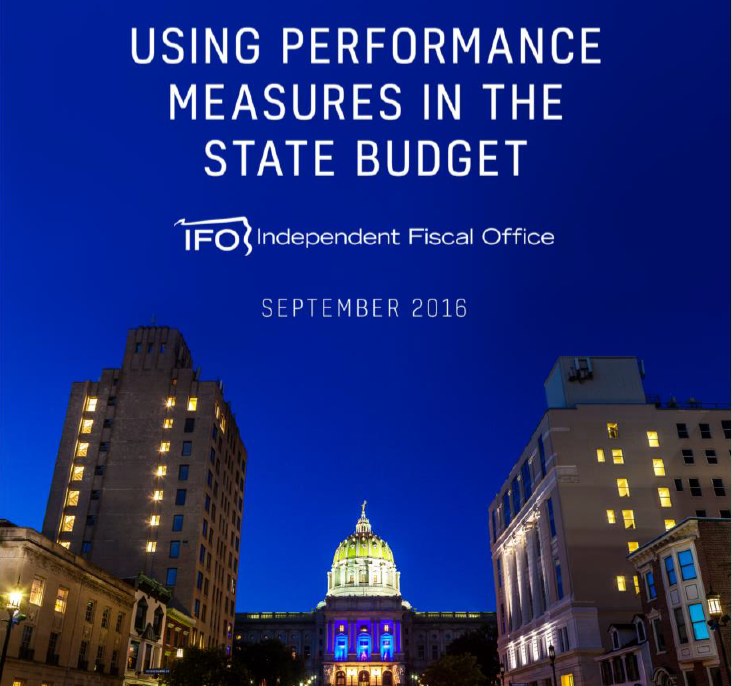Using Performance Measures in the State Budget
September 19, 2016 | Performance Budgeting

A significant challenge faced by all governments is the responsibility to ensure that taxpayer funds are disbursed in an efficient and effective manner. Unlike private firms, governments do not attempt to maximize profits on behalf of their shareholders. Their goals and objectives are very different, and the outcomes they seek to achieve are difficult to value monetarily. Governments have employed a wide variety of programs and initiatives that attempt to address this responsibility, and those attempts have met with varying success.
In many states, governments are considering the implementation of a performance-based budgeting system. This system is a budget approach that identifies specific goals, objectives and strategies for executive agencies, and develops performance measures to assess progress towards those goals and objectives. Currently, 31 states have a statutory requirement that requires the computation and publication of performance measures. A recent survey found that 40 states compel agencies to include performance measures as part of their annual budget submission.
Despite widespread use, the same survey found that only three states characterized performance budgeting as their primary budget approach. Most states continue to use an incremental budget approach, where appropriations are not tied to specific goals or objectives. Rather, appropriations are motivated by amounts from the prior year, with adjustments for agency workload and, in some cases, inflation. Although states recognize the value of performance-based budgeting and performance measures, the great majority only use that system to augment the legacy budget process that has been in place for decades.
Pennsylvania is part of that majority. For FY 2014-15, Pennsylvania executive agencies compiled and reported 686 performance measures as part of their annual budget request. Those measures are part of a larger system that identifies goals, objectives and strategies for all executive agencies. The Office of the Budget publishes all agency performance data on its website, and select measures appear in the executive budget. However, it is widely perceived that the measures have very limited impact on the allocation of funds within or across agencies. The current budget process continues to closely resemble an incremental approach, and performance measures are rarely considered during the budget process. The Commonwealth has developed significant performance measures infrastructure, but it remains underutilized.
Some Pennsylvania policymakers have indicated a desire to transform the budget process to more fully integrate performance measures into the approach used to allocate funds. Many policymakers also want access to data-driven, objective measures that can be relied upon to facilitate a move away from a purely incremental budget approach. To that end, this report considers performance measure reports used by other states, and develops a prototype report that could be used in Pennsylvania. The prototype report is designed to be quickly integrated into the current budget process and utilized during annual budget hearings. It seeks to leverage the current infrastructure and the numerous measures already complied by executive agencies. It is also a mechanism to solicit feedback from policymakers and agency managers regarding the design of a performance measures report that would be most useful and informative.